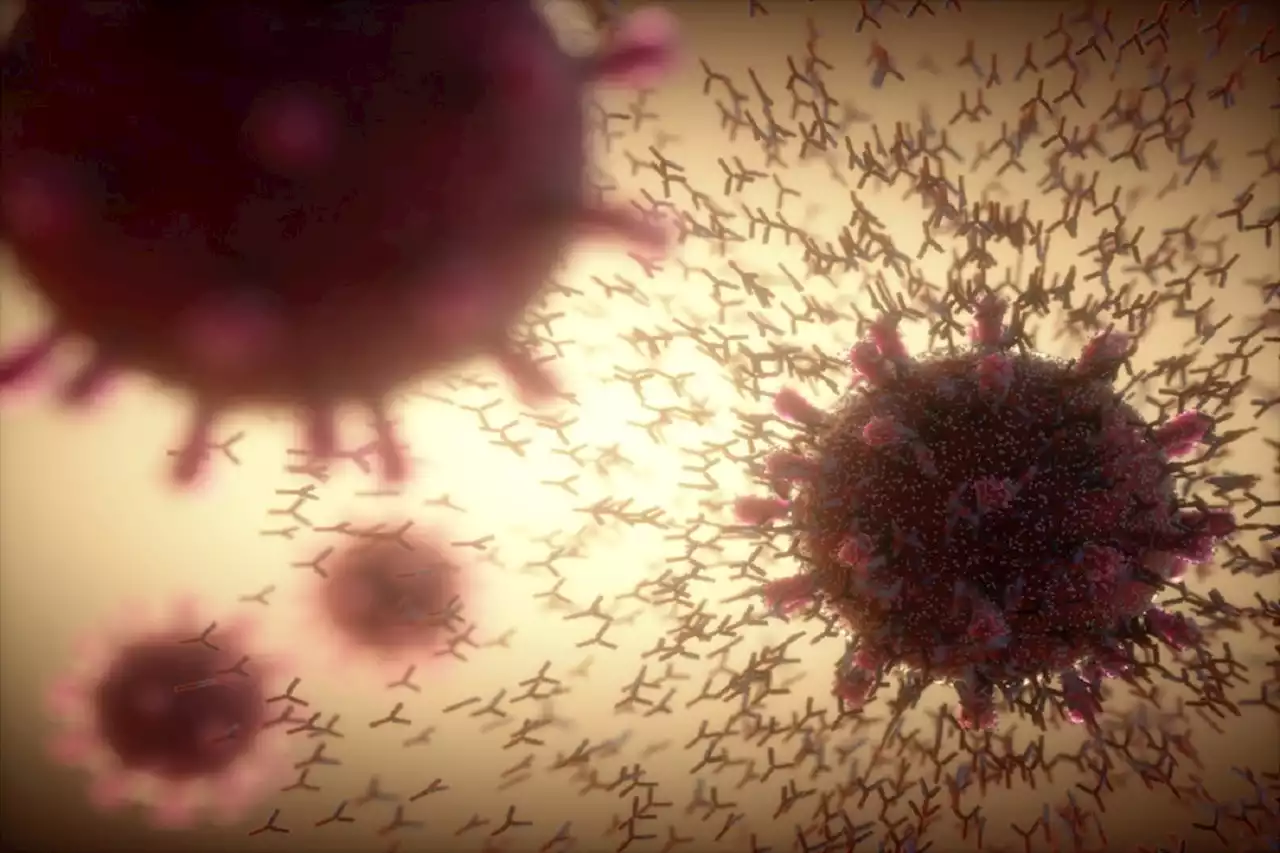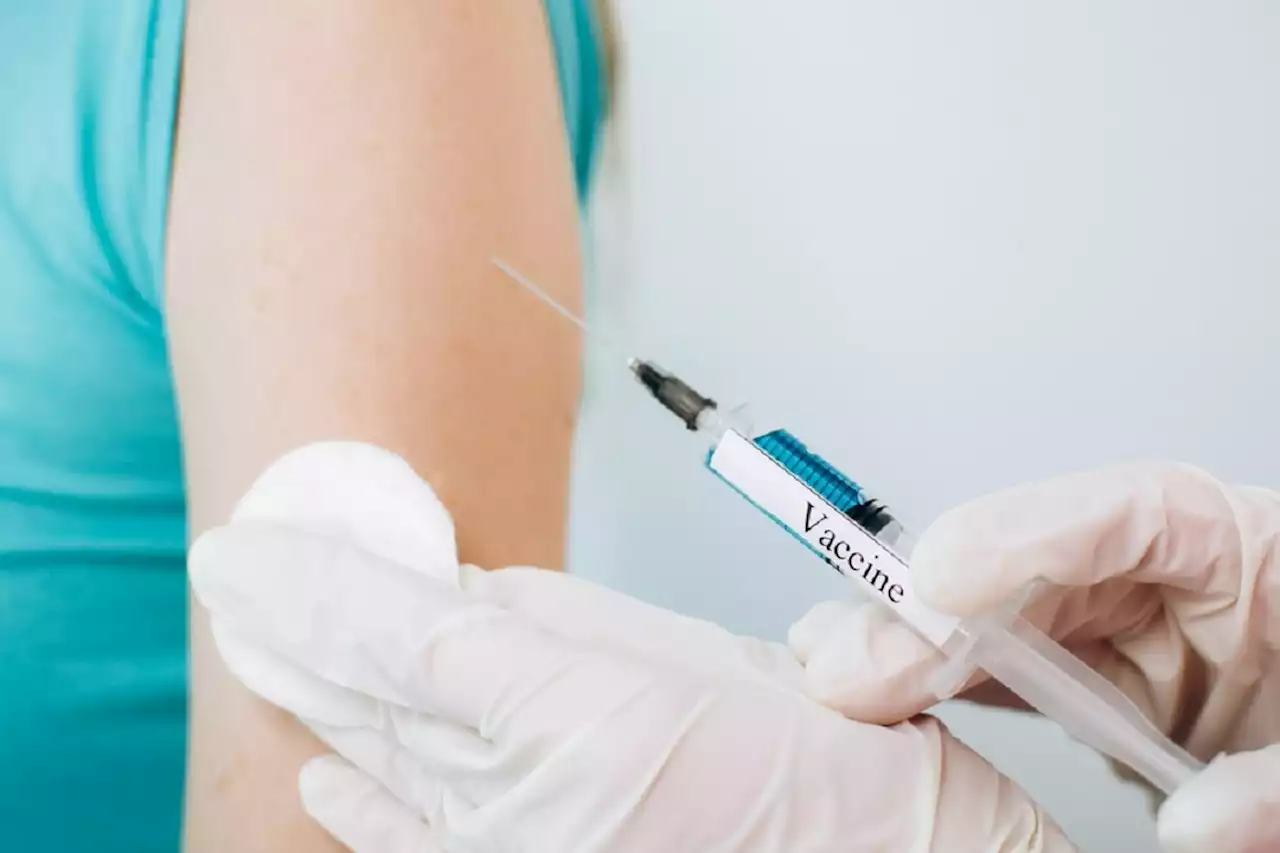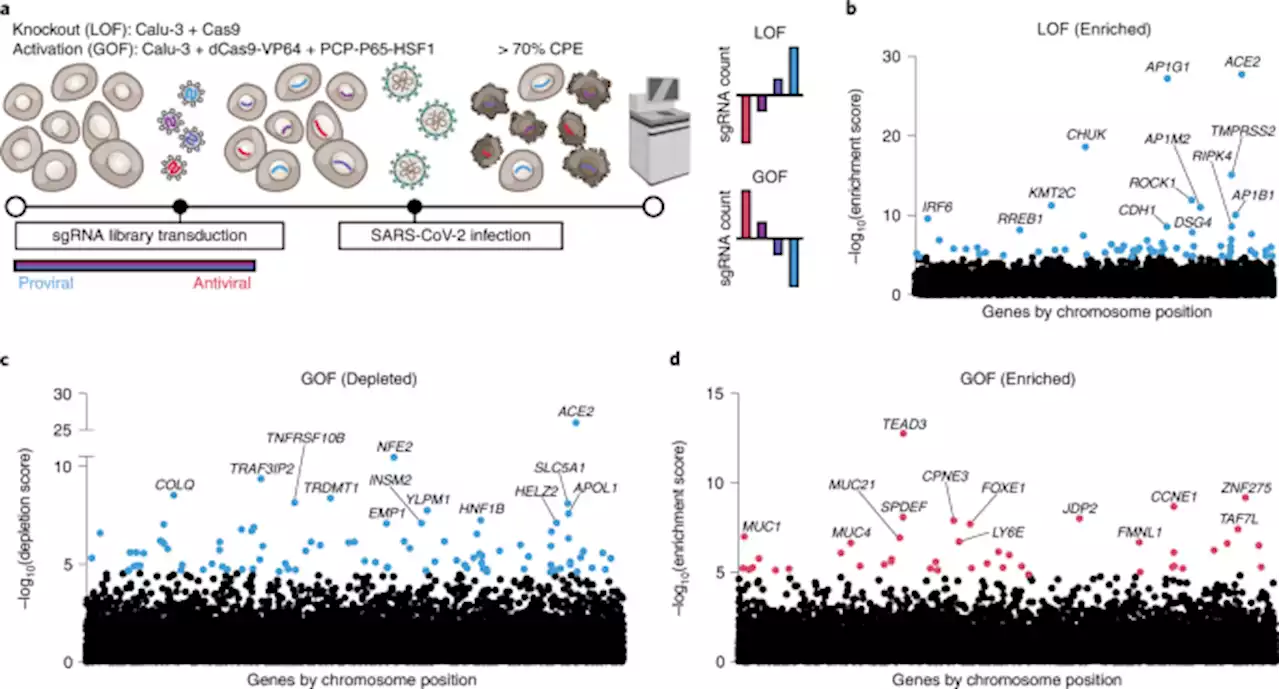TMPRSS2 protein, a novel target for SARS-CoV-2 drugs AntiviralDrug Coronavirus Disease COVID pathology Nature Uni_MR
By Dr. Liji Thomas, MDJul 28 2022Reviewed by Benedette Cuffari, M.Sc. As scientists continue to develop preventive and therapeutic compounds to treat infection with the severe acute respiratory syndrome coronavirus 2 , a new Signal Transduction and Targeted Therapy journal study reports on the activity of a compound which inhibited the host cell serine protease transmembrane serine protease 2 , ultimately preventing severe coronavirus disease 2019 .
Repeated booster vaccine doses have been recommended to maintain antibody levels at adequately high levels. Monoclonal antibodies have also been approved to prevent severe disease in high-risk infected individuals; however, most have lost their efficacy in Omicron infections. The second cleavage involves TMPRSS2 at the S2’ site and occurs after receptor binding, which exposes the cleavage site upstream of the fusion peptide. This cleavage allows membrane fusion to occur, subsequently leading to the entry of the virus into the host cell by endocytosis.
Related StoriesIn mouse models expressing the humanized K18-hACE2 receptor, pretreatment with N-0385 reduced the severity of illness and mortality rate from SARS-CoV-2 infection. Similar results were obtained when treatment was provided after viral inoculation, with a single dose at 12 hours from Delta inoculation proving capable of reducing weight loss and viral loads.
Secondly, N-0385 could be useful in treating infections with other viruses that use host TMPRSS2 as well, such as the influenza virus or other coronaviruses. Recently, the structure of this enzyme was unveiled, which could pave the way for more specifically designed inhibitors.
Ireland Latest News, Ireland Headlines
Similar News:You can also read news stories similar to this one that we have collected from other news sources.
 Nasal spray highly effective against HIV and SARS-CoV-2 in animal modelsNasal spray highly effective against HIV and SARS-CoV-2 in animal models HIV NasalSpray SARSCoV2 Coronavirus Disease COVID ScienceTM kochinstitute MIT harvardmed
Nasal spray highly effective against HIV and SARS-CoV-2 in animal modelsNasal spray highly effective against HIV and SARS-CoV-2 in animal models HIV NasalSpray SARSCoV2 Coronavirus Disease COVID ScienceTM kochinstitute MIT harvardmed
Read more »
 The kinetics of SARS-CoV-2 nucleocapsid antibodies up to 21 months after infectionThe kinetics of SARS-CoV-2 nucleocapsid antibodies up to 21 months after infection EIDjournal CDCgov MassGeneralNews harvardmed HHI SARSCoV2 COVID19 coronavirus covid infection antibodies
The kinetics of SARS-CoV-2 nucleocapsid antibodies up to 21 months after infectionThe kinetics of SARS-CoV-2 nucleocapsid antibodies up to 21 months after infection EIDjournal CDCgov MassGeneralNews harvardmed HHI SARSCoV2 COVID19 coronavirus covid infection antibodies
Read more »
 Weak antibody response yet robust cellular immunity identified in children after SARS-CoV-2 Omicron infectionWeak antibody response yet robust cellular immunity identified in children after SARS-CoV-2 Omicron infection biorxivpreprint unibirmingham SARSCoV2 COVID19 AntibodyResponse CellularImmunity Omicron Variant Children
Weak antibody response yet robust cellular immunity identified in children after SARS-CoV-2 Omicron infectionWeak antibody response yet robust cellular immunity identified in children after SARS-CoV-2 Omicron infection biorxivpreprint unibirmingham SARSCoV2 COVID19 AntibodyResponse CellularImmunity Omicron Variant Children
Read more »
 Comparing SARS-CoV-2 Omicron BA.2 and BA.5 vaccine breakthrough infectionsComparing SARS-CoV-2 Omicron BA.2 and BA.5 vaccine breakthrough infections medrxivpreprint irj_pt SARSCoV2 COVID19 Omicron Vaccine BreakthroughInfection
Comparing SARS-CoV-2 Omicron BA.2 and BA.5 vaccine breakthrough infectionsComparing SARS-CoV-2 Omicron BA.2 and BA.5 vaccine breakthrough infections medrxivpreprint irj_pt SARSCoV2 COVID19 Omicron Vaccine BreakthroughInfection
Read more »
 Does vaccine- or infection-induced immunity protect less well against infection by specific SARS-CoV-2 variants?Does vaccine- or infection-induced immunity protect less well against infection by specific SARS-CoV-2 variants? ScienceMagazine rivm COVID19 coronavirus covid SARSCoV2 infection vaccine vaccination
Does vaccine- or infection-induced immunity protect less well against infection by specific SARS-CoV-2 variants?Does vaccine- or infection-induced immunity protect less well against infection by specific SARS-CoV-2 variants? ScienceMagazine rivm COVID19 coronavirus covid SARSCoV2 infection vaccine vaccination
Read more »
 Genome-wide bidirectional CRISPR screens identify mucins as host factors modulating SARS-CoV-2 infection - Nature GeneticsGenome-wide CRISPR knockout and activation screens in human lung epithelial cells with endogenous expression of the SARS-CoV-2 entry factors ACE2 and TMPRSS2 identify mucins as key host factors restricting viral infection.
Genome-wide bidirectional CRISPR screens identify mucins as host factors modulating SARS-CoV-2 infection - Nature GeneticsGenome-wide CRISPR knockout and activation screens in human lung epithelial cells with endogenous expression of the SARS-CoV-2 entry factors ACE2 and TMPRSS2 identify mucins as key host factors restricting viral infection.
Read more »
